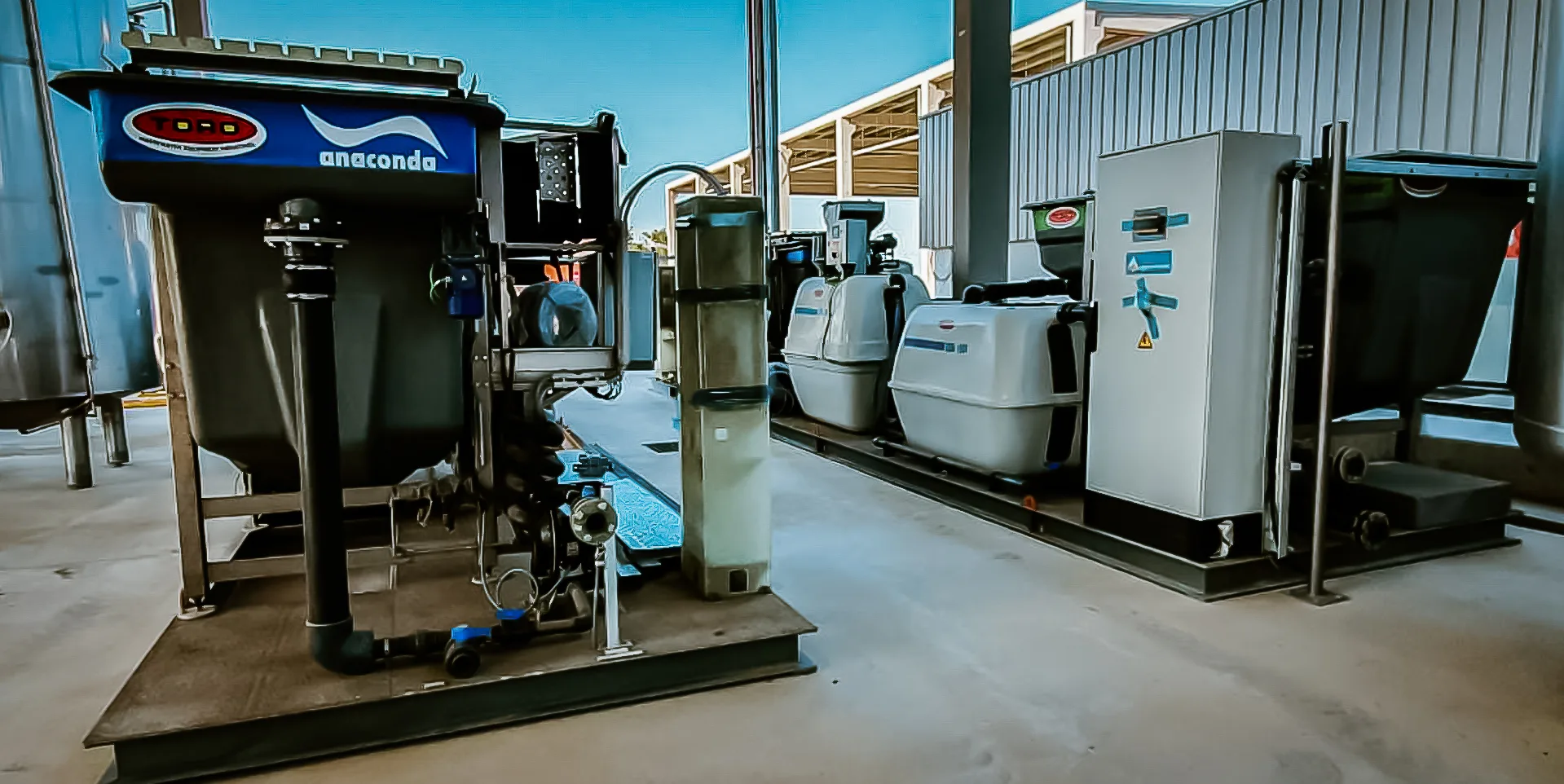

Purification plant. When it comes to ensuring clean and safe water for our communities, a purification plant plays a crucial role in the process. A purification plant is a facility designed to remove impurities and contaminants from water sources, making it suitable for consumption and other uses. These plants use a variety of techniques and technologies to purify water, such as filtration, chemical treatment, and disinfection. By implementing these processes, purification plants can provide clean and healthy water to populations around the world. Purification plants are essential for maintaining public health and preventing waterborne diseases. Without these facilities, water sources would be at risk of contamination, leading to serious health concerns. In addition to protecting public health, purification plants also play a key role in environmental conservation. By removing pollutants from water sources, these plants help preserve ecosystems and wildlife that depend on clean water for survival. The importance of purification plants is further emphasized in regions facing water scarcity or pollution issues. In these areas, purification plants are vital for ensuring access to clean and safe water for drinking, sanitation, and agriculture. Governments and communities must invest in the development and maintenance of purification plants to safeguard public health and environmental sustainability. The operation of a purification plant involves a series of steps to treat and purify water effectively. The first step typically involves the intake of raw water from a natural source, such as a river or lake. This water is then passed through various filtration systems to remove large particles and debris. Following filtration, the water undergoes chemical treatment to eliminate bacteria, viruses, and other harmful microorganisms. Disinfection methods, such as chlorination or ultraviolet radiation, are commonly used to ensure water safety. Once the water is purified, it is stored in reservoirs or tanks before distribution to homes, businesses, and industries. Regular testing and monitoring are essential to ensure the quality of water produced by a purification plant. Water samples are analyzed for chemical composition, microbiological content, and other parameters to maintain compliance with regulatory standards. In case of any deviations or issues, corrective measures are taken to address the problem and prevent contamination. The future of purification plants is likely to involve advancements in technology and sustainability. Innovations such as membrane filtration, advanced oxidation processes, and energy-efficient systems are being explored to enhance the efficiency and environmental performance of purification plants. Additionally, the integration of smart monitoring systems and remote sensing technologies can improve the real-time operation and maintenance of purification plants. As the global population continues to grow, the demand for clean water will increase, highlighting the importance of investing in purification plant infrastructure and resources. By prioritizing water purification, we can ensure a healthier and more sustainable future for generations to come.